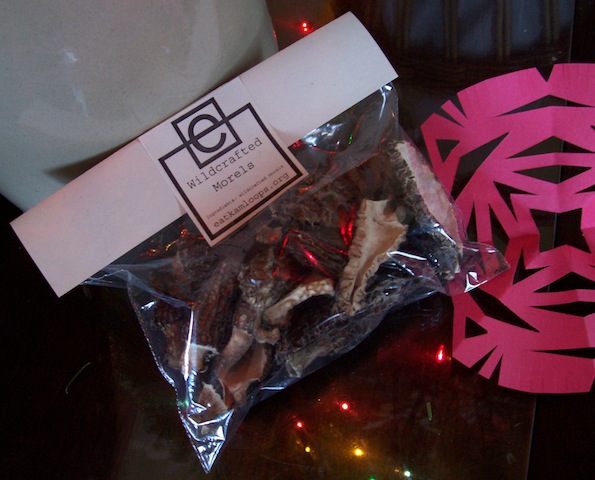Greek myth had it that Achilles painted himself with a tincture of yarrow to make himself invulnerable to arrows, everywhere on his body except his heel.
Mountain Rose Herbs
All the flooding this year has been very hard on many communities but all that standing water has created a fabulous environment for many creatures. Normally, Kamloops is very dry and the season for biting insects is very short. But this year, all the extra rain has exploded the mosquito population.
Over the last few months, I have been researching simple herbal remedies. One of my favorite online sources of information is herbmentor.com. This website has a wealth of information and is a great way to stay in contact with the herbal community. I found this recipe for bug spray on their website and have made a few changes.
Presently, I am reading Health through God’s Pharmacy by Maria Treben. This book is a rich source of practical advice and easy recipes for beginners. She goes over about thirty common plants that can be found growing as weeds in the wild or can be cultivated in our medical herb garden. What I really like about this book is that it encourages the reader to go out into their garden or local wild areas and find these plants during blooming season. This gives the gatherer an appreciation of the plant in its environment. Carefully gathering wild local plants is sustainable and cost effective. Gathering your own herbs from the local environment makes the herb gatherer independent from the pharmaceutical industry and commercial herb suppliers.
I use a number of books as reference for remedies and identification. A standard practice when learning to identify plants for medicinal use is to use three different sources of information and to cross-reference the material:
- A Modern Herbal Volume I and II by Mrs. M. Grieve
- DK Natural Health Encyclopedia of Herbal Medicine by Andrew Chevallier
- Prescription for Herbal Healing by Phillis Balch
- Western Medicinal Plants and Herbs by Peterson Field Guides
- Edible and Medicinal Plants of Canada by Lone Pine Publishing
- Trees, Shrubs and Flowers to Know in British Columbia by C. P. Lyons
Yarrow (Achillea millefolium) is the first plant I have gathered from the wild this year. Yarrow is good for stopping bleeding and healing wounds. Yarrow is a bitter and helps with digestion. Yarrow is considered a woman’s tonic, and is good for younger and older women alike. I found an area near my home where the plant grows in large quantities. Maria Treben recommends harvesting yarrow “in bright sunshine, since the volatile oils and, therefore, their curative quality are greater.” I harvested the flowers and leaves by cutting the tops of the plant with a knife. I did not disturb the roots. I also would take individual plants from large groups of the same type of plant. The plant can be used fresh or dried, in a tea, infusion, or sitz bath. Yarrow can also be made into an extract for stronger preparations or made into an ointment. As an experiment, try a tea or infusion of fresh yarrow. Dry some yarrow flowers and leaves for later use.
Yarrow Extract
2c fresh yarrow leaves and flowers, packed
2c organic vodka
pint sized mason jar
Pack the fresh yarrow leaves and flowers into the mason jar. Leave some space at the top. Make sure all the plant material is covered with vodka. I really like Prairie Organic Vodka which is available in Kamloops. Close the mason jar with a lid. Stir or shake the mixture each day for a week. At the end of the week strain off the plant materials. Squeeze out as much of the vodka as you can from the plant material and compost the waste. Store the yarrow extract in a glass container in a dark place.
Easy Bug Away Spray
1c fresh yarrow leaves and flowers
2c filtered water
recycled spray bottle
Put the yarrow in a mason jar. Boil the water and pour over plant material. Let the mixture sit overnight. Strain and squeeze out the plant material and compost. Put the infusion into the recycled spray bottle. Spray on exposed skin. This spray will not have as long lasting effect as the Super Bug Away Spray.
Super Bug Away Spray
1oz Yarrow extract
1oz Catnip hydrosol
3-4 drops of Catnip essential oil (optional)
2oz amber glass bottle with finger mister or recycle a spray bottle
Take the 2oz amber glass bottle and fill it half way with yarrow extract. Fill the rest of the bottle with Catnip hydrosol. These two ingredients make a very powerful bug spray. If you want a super strong Bug Away Spray, add a few drops of Catnip essential oil which is reported to have the same affect as DEET. Shake before applying to skin. This is an extremely potent bug spray.
For more recipes please see Healthy Household: Staying Clean Safely and Saving Money.

